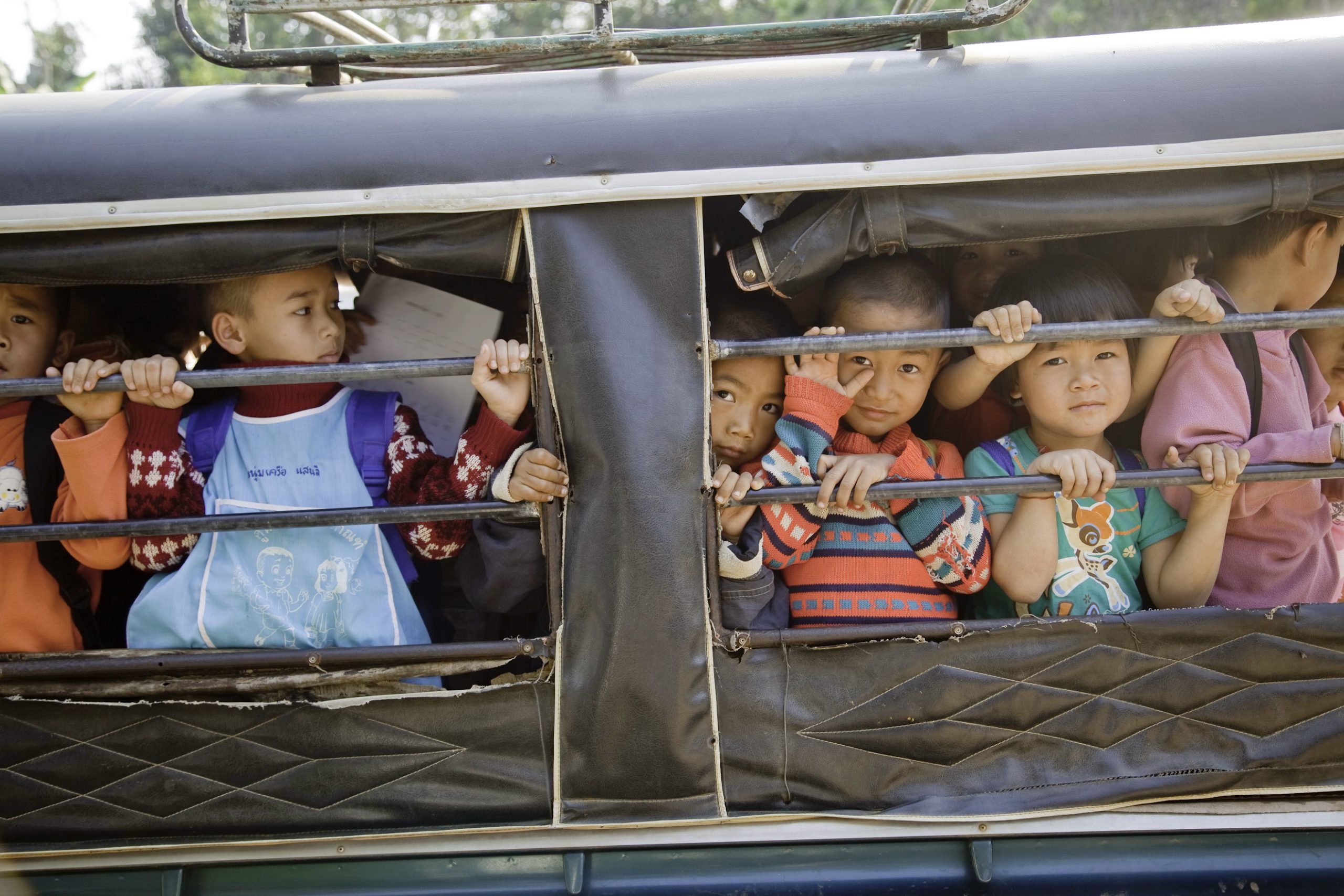Indonesia: Unable to rebuild
06 April 2011|Lars Stenger

Yogyakarta, 6 April, 2011 – Six months after the initial eruption, Indonesia’s most active volcano still prevents people from returning to rebuild their homes and lives on its dangerous slopes.
After the initial shock of more than 100,000 people losing their homes, JRS responded to the aftershock: cold lava.
After the Mt Merapi eruptions, more and more people along the slopes of the volcano lost their houses due to the destructive force called “cold lava” where rivers wash down volcanic ash, stones and other material. JRS continued to provide support to 3,752 of these newly displaced in some of the 13 government-managed camps.
JRS has been working with those displaced from the Mt Merapi disaster since November 2010, shortly after the volcano erupted in late October. Mt Merapi is the most active of 129 volcanoes in Indonesia and during its latest eruption initially caused over 136,585 people to leave their homes and killed 322 others.
JRS responded to the crisis, providing support where it was aware of gaps in the government and NGOs programmes.
JRS provided food, medicine, sleeping mats, sanitary products and clothing through distribution points for displaced living outside of the official camps and directly to people sheltered in surrounding villages. With the help of 177 volunteers JRS assisted 75,957 IDPs and returnees during the initial four months.
The government set up temporary shelters away from the evacuation radius from the volcano, but thousands of people instead went to surrounding villages and were taken in by local villagers. While many villagers said they were happy to assist those displaced, they did not have the capacity or income to care for them.
JRS Indonesia finished its emergency response but continues to stay in contact with the displaced and shares information on their needs and concerns in local coordination meetings with authorities.


